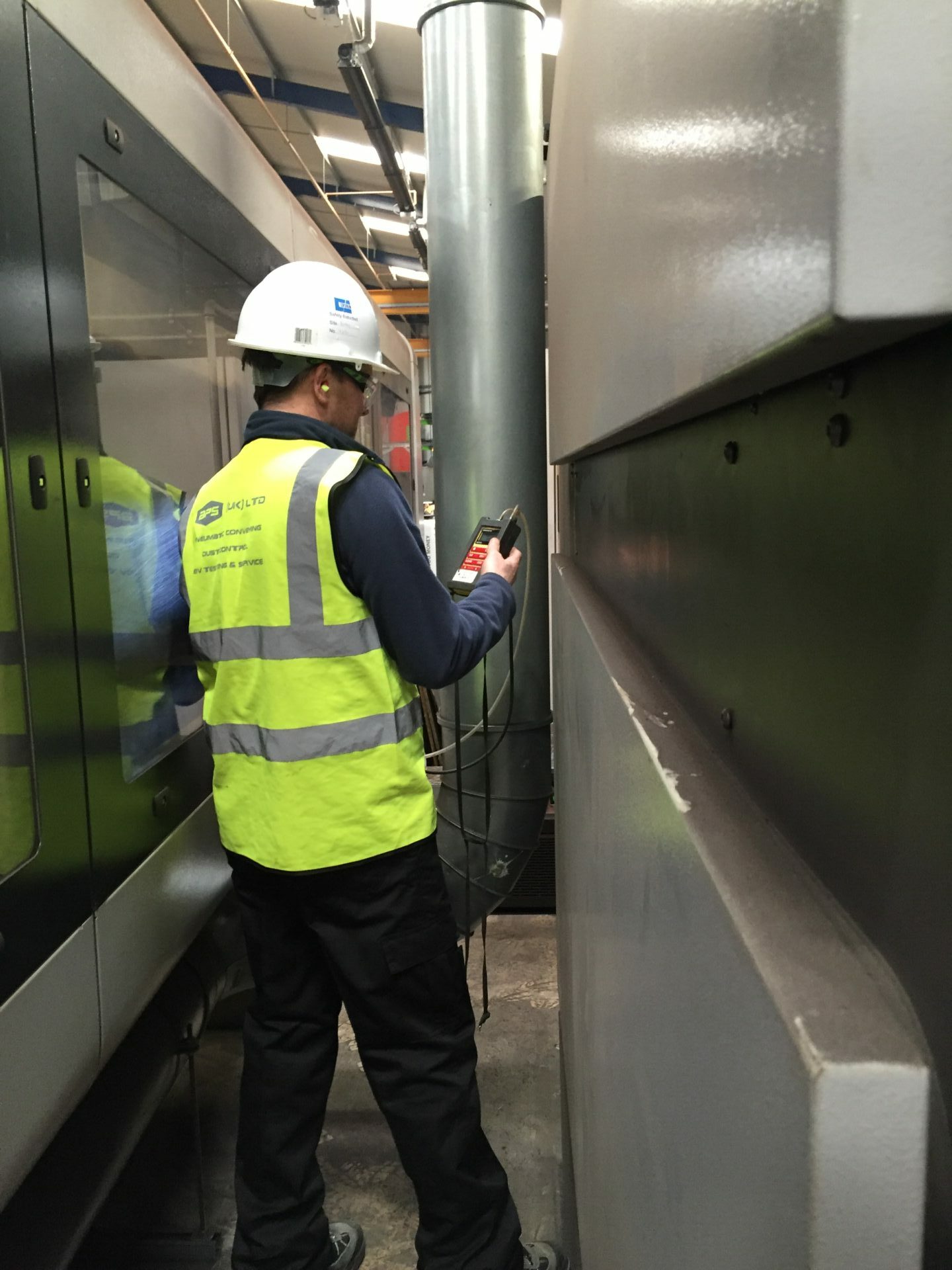How to ensure your facility is compliant with COSHH regulations
Adhering to the Control of Substances Hazardous to Health (COSHH) Regulations, 2002, is key to achieving a safe working environment. COSHH regulations are in place to protect employees from health risks associated with hazardous substances in the workplace.
Challenges faced
Ensuring compliance involves a comprehensive approach, including identifying hazards, assessing risks, implementing control measures, monitoring exposure and maintaining meticulous records.
This guide provides a step-by-step framework to help you ensure your facility meets all COSHH requirements, safeguarding your workforce and business operations.
1. Identify Hazardous Substances
Start by creating a detailed inventory of all substances used, produced, or emitted in your facility. Review Safety Data Sheets (SDS) for each substance to understand their hazards.
2. Conduct a Risk Assessment
Assess how workers might be exposed to these substances—via inhalation, skin contact, ingestion, etc, and consider all exposure scenarios, including routine tasks, maintenance activities, and potential accidents or spills.
3. Implement Control Measures
To mitigate risks:
Eliminate or substitute: Replace hazardous substances with less harmful ones.
Engineering controls: Utilise ventilation systems, enclosed processes, and automation.
Administrative controls: Establish safe work procedures, training programs, and regular maintenance schedules.
Personal protective equipment (PPE): Provide appropriate PPE such as gloves, masks, and protective clothing.
4. Monitor Exposure
Regularly measure levels of hazardous substances in the workplace air and conduct health surveillance, including biological monitoring (e.g., blood and lung function tests).
5. Health Surveillance
Set up health checks for at-risk employees and maintain records of all health surveillance and monitoring results.
6. Training and Information
Ensure workers understand the hazards, control measures, and safe working procedures. Clearly label hazardous substances and post signs to inform about risks and controls.
7. Emergency Procedures
Develop and practice procedures for dealing with spills and accidental releases. Equip your facility with appropriate first aid facilities and train employees.

8. Regular Review and Audit
Regularly review risk assessments and control measures to ensure they remain effective. Conduct internal and external audits to verify compliance with COSHH regulations.
9. Documentation and Record Keeping
Maintain written records of all risk assessments, control measures, and training sessions. Keep detailed logs of health surveillance and monitoring results.
10. Legal and Regulatory Updates
Stay informed about changes in COSHH regulations and seek advice from occupational health professionals or safety consultants when necessary.
A Special Focus on LEV Systems
Under Regulation 9 of the COSHH Regulations, it’s an employer’s legal duty to ensure that any Local Exhaust Ventilation (LEV) and extraction system is “maintained in an efficient state, in efficient working order, in good repair, and a clean condition.”
If your facility uses an LEV system, it is crucial to not only install it, but also ensure its continuous proper functioning through regular testing and servicing. Over time, without appropriate LEV testing and servicing, systems can become less efficient, posing serious risks such as combustion in systems with dry dust build-up or circulation of airborne illnesses if scrubber filters are not properly maintained.
UK regulation (COSHH guidance HSG258 Section 10) also mandates that LEV systems undergo a thorough examination and tests at least once every 12-14 months, or in some cases more frequently dependent on dust/fume type. These tests must be conducted by a qualified and competent person.
Regular servicing is essential to keep LEV systems in good working order. This means not just scheduling a service before an annual test but maintaining a consistent schedule to identify and rectify issues before they become major problems. Documentation of recent tests should be meticulously maintained to ensure you’re always aware of when the next test is due.
By following these steps, you can ensure your facility remains compliant with COSHH regulations, thereby protecting the health and safety of your workers. Regular monitoring, training, and maintenance are key to a safe and compliant workplace. At APS, we are committed to helping you achieve and maintain these standards, ensuring a safer environment for everyone. Contact us today to see how we can help.


We Consult
Understanding is key. We take the time to grasp your specific requirements, ensuring solutions tailored just for you.

We Design
With your needs as our blueprint, we craft designs that are both functional and in step with modern aesthetics.

We Install
Our team prioritises a smooth, efficient installation process, minimising disruption while focusing on optimal safety outcomes.